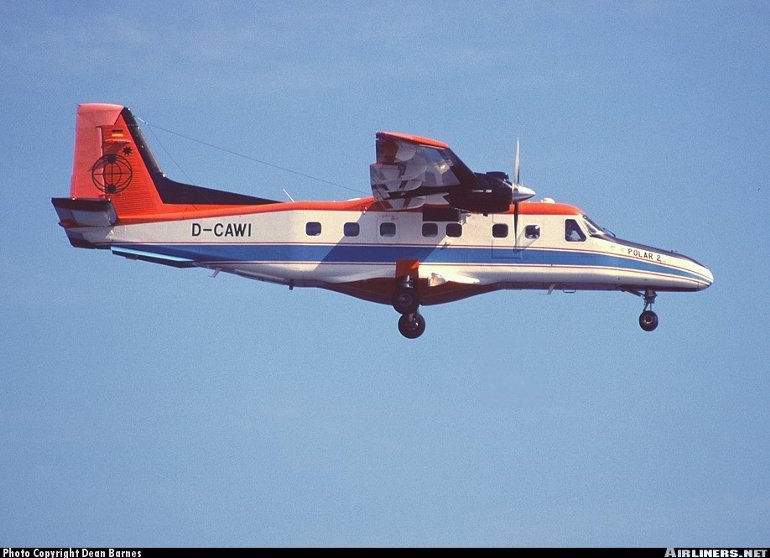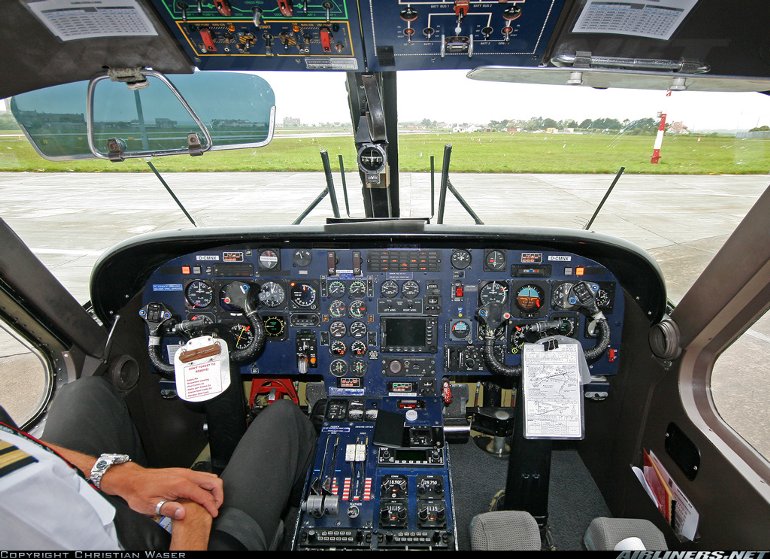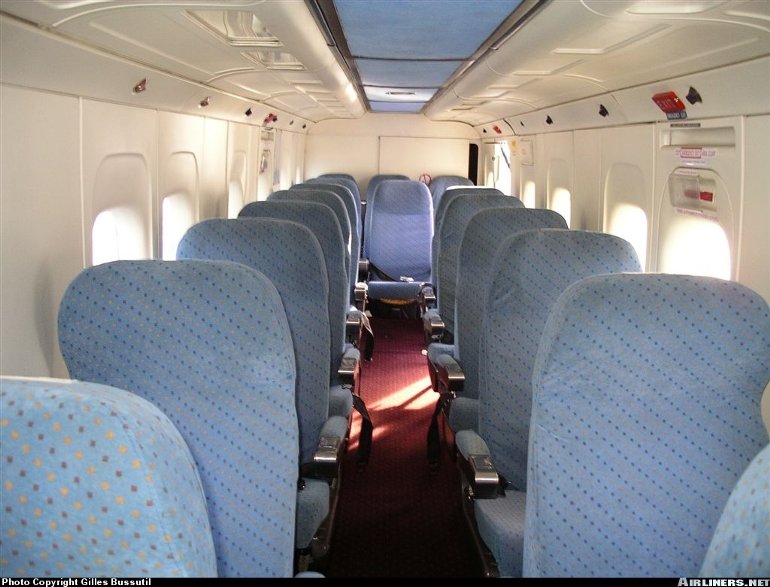Aircraft Technical Data
Dornier 228



| Details | |
| Country of Origin | Germany |
| Type | 15-19 seat regional airliner and STOL utility transport |
| History | In terms of civil sales the 228 series was Dornier's most successful postwar design. The Dornier 228 incorporates the fuselage cross section of the earlier Do 28 and 128 combined with an all new high technology supercritical wing and TPE331 turboprops. Two fuselage length versions, the 100 and 200, were developed concurrently, the 100 offering better range, the 200 more payload. The 100 was the first to fly taking to the skies for the first time on March 28 1981, the first 200 followed on May 9 that year. The first 228 entered service in August 1982. Composites were used in a number of secondary structure areas on the 228 including upper wing skins, nose and tail. At one stage Dornier also planned to offer the Pratt & Whitney Canada PT6A as an optional powerplant, but this never eventuated. 228 developments include the 228-101 with reinforced structure and landing gear for higher weights, the corresponding 228-201 version of the 200, the 228-202 version built under licence production in India with HAL to meet that country's Light Transport Aircraft requirement, and the 228-212. The 212 is the last Dornier (now Fairchild Aerospace) production aircraft, its improvements include higher operating weights, structural strengthening and a lower empty weight, improvements to enhance STOL performance and modern avionics. The last of 238 Dornier built 228s was completed in 1999. HAL licence production continues. |
| Powerplants | 100 - Two 535kW (715shp) Garrett TPE3315 turboprops driving four blade constant speed Hartzell propellers. 212 - Two 560kW (776shp) Garrett/AlliedSignal TPE3315252Ds |
| Performance | 100 - Max cruising speed 432km/h (233kt). Initial rate of climb 2050ft/min. Service ceiling 29,600ft. Range at max cruising speed 1730km (934nm), or 1970km (1064nm) at long range cruising speed. 212 - Max cruising speed 434km/h (234kt), cruising speed 408km/h (220kt). Initial rate of climb 1870ft. Service ceiling 28,000ft. Range with max pax and reserves at max cruising speed 1037km (560nm), range with a 775kg (1710lb) payload and reserves at long range cruising speed 2445km (1320nm). |
| Weights | 100 - Operating empty 3235kg (7132lb), max takeoff 5700kg (12,570lb). 212 - Empty 3258kg (7183lb), operating empty 3739kg (8243lb), max takeoff 6400kg (14,110lb). |
| Dimensions | 100 - Wing span 16.97m (55ft 7in), length 15.03m (49ft 3in), height 4.86m (15ft 9in). Wing area 32.0m2 (345sq ft). 212 - Same except for length 16.56m (54ft 4in). |
| Capacity | Flightcrew of two. 100 - Typical passenger seating for 15. 212 - Typical passenger seating for 19 at two abreast and 76cm (30in) pitch. 228212 based 228 Cargo has a max payload of 2340kg (5159lb). 212 based ambulance accommodates six stretchers and up to nine attendants or passengers. |
| Production | 238 Dornier 228s of all models built, with 112 in commercial service in late 2002. Indian licence production of more than 80 228s (mostly for the Indian military). |
| Related Links | Dornier 228 |
The backbone of this section is from the The International Directory of Civil Aircraft by Gerard Frawley and used with permission. To get your own copy of the book click here. |
|








